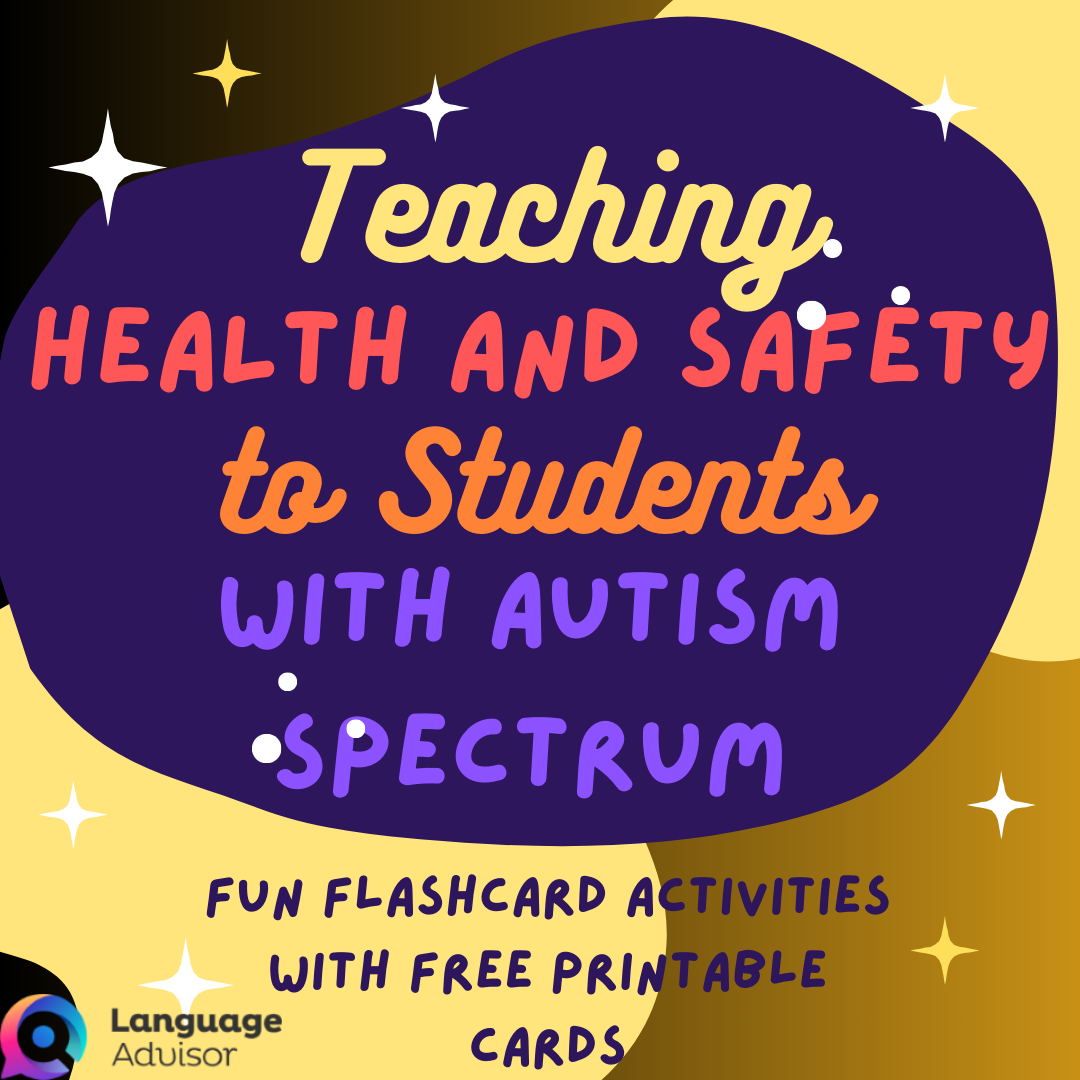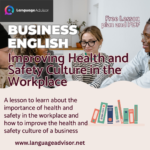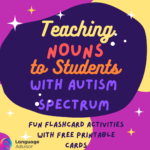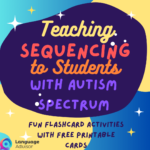Teaching Health and Safety to Students with Autism: Engaging Worksheets and Free Printable Resources
Teaching Health and Safety to Students with Autism: Engaging Worksheets and Free Printable Resources

Teaching Health and Safety to Students with Autism
Health and safety are vital topics that every student needs to understand, especially those on the autism spectrum. By teaching these concepts through interactive worksheets, students can learn about personal safety, hygiene, and healthy habits in a way that is engaging and accessible.
In this blog post, we’ll explore the importance of health and safety education, share practical activities to reinforce these concepts, and provide free printable worksheets that can be used at home or in the classroom.
Why Are Health and Safety Important?
Understanding health and safety helps students with autism:
- Recognize dangers: They learn to identify potentially harmful situations, such as traffic, strangers, or unsafe substances.
- Practice hygiene: Learning about personal hygiene promotes health and prevents illness.
- Make informed choices: Knowledge of healthy habits encourages students to make better lifestyle decisions.
By integrating health and safety education into their learning, students gain the skills they need to navigate their environment safely and confidently.
Fun Activities Using Health and Safety Worksheets
Here are some fun ways to use these worksheets effectively:
1. Personal Hygiene Worksheet
Activity: Daily Hygiene Routine
- Provide a worksheet that includes pictures and descriptions of daily hygiene activities, such as brushing teeth, washing hands, and taking a shower.
- Ask the students to sequence the activities in the order they should be performed.
Tip: Discuss each activity and its importance for maintaining health. You can use visual supports, like charts or videos, to reinforce the concepts.
2. Healthy Eating Worksheet
Activity: Food Sorting
- Create a worksheet with images of various foods, and ask students to sort them into “healthy” and “unhealthy” categories.
- Include some blank spaces for students to draw or write their favorite healthy foods.
Tip: Use real food items during the activity to enhance sensory experiences. Discuss the importance of a balanced diet and the benefits of eating healthy.
3. Safety Rules Worksheet
Activity: Identify Safety Rules
- Design a worksheet that lists common safety rules (e.g., “Look both ways before crossing the street”).
- Have students match the rules to corresponding images (e.g., a stop sign or a pedestrian crossing).
Tip: Role-play scenarios to practice these rules in real-life situations. You can also create a classroom safety poster based on the identified rules.
4. Emergency Contacts Worksheet
Activity: Fill in the Blanks
- Provide a worksheet with prompts for students to fill in important emergency contact information, such as their name, address, and the phone numbers of parents or guardians.
- Include space for them to draw a picture of their house or family.
Tip: Discuss when and how to use this information, including what to do in case of an emergency. Reinforce the idea of having a trusted adult available for help.
5. Understanding Emotions and Health Worksheet
Activity: Emotions and Well-Being
- Create a worksheet that includes different emotions (happy, sad, angry) and scenarios related to health and safety (e.g., feeling sick or scared).
- Ask students to draw or write about a time they felt one of those emotions in a health or safety context.
Tip: Encourage open discussions about feelings and how they relate to health and safety. This helps students understand the connection between emotions and well-being.
6. Traffic Safety Worksheet
Activity: Traffic Signs Matching
- Provide a worksheet with images of common traffic signs and their meanings.
- Have students match the signs to their correct meanings or color them while discussing their significance.
Tip: If possible, take a field trip to a nearby street to observe traffic signs in real life. This reinforces learning through real-world experiences.
Tips for Using Worksheets Effectively
To make the most out of these health and safety worksheets:
- Incorporate visuals: Use images, symbols, and colors to make worksheets more engaging and easier to understand.
- Adapt to individual needs: Modify worksheets to suit the learning levels and preferences of your students.
- Encourage discussion: Use worksheets as conversation starters to discuss health and safety topics in depth.
- Reinforce learning: Regularly revisit these topics and activities to reinforce understanding and retention.
Final Thoughts
Teaching health and safety is essential for fostering independence and confidence in students with autism. By using engaging worksheets, you can make learning about these important concepts fun and interactive.
Download the free printable worksheets to enhance your teaching toolkit and start practicing with your students today! We’d love to hear how these activities work for you, so feel free to share your experiences in the comments.
Happy teaching, and here’s to promoting health and safety awareness in every student!

Teaching Health and Safety to Students with Autism
DOWNLOAD THE PDF FOR FREE
Ouch Cards
Going to the doctor
Swimming pool safety
Visiting the doctor






